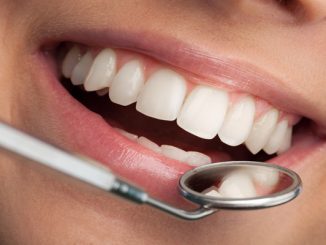

So, let’s talk about female hair loss. Baldness and hair loss is seen not only by society as primarily a male problem, but by the medical community as well. Doctors generally pay little attention to women who complain of hair loss, which is strange, considering that forty percent of hair loss sufferers in America are women.
Men, who lose their hair and develop bald spots, are considered ‘normal’. There are treatments they can undergo to correct it if they wish, but they are just as likely to be accepted by themselves and society if they prefer to leave it. Women are not so lucky. While it is not considered a serious disease, and treated with even less attention, the psychological damage can be just as destructive. In fact, the emotional toll it can take on a woman can lead to real physical health problems.
So what causes women to lose their hair?
Androgenic Alopecia
This condition is typically hereditary. It causes thinning of the hair across the scalp in women, whereas men with androgenic alopecia will show distinct balding patterns.
Androgens are male hormones that show in larger quantities in women displaying this disease, but other hormonal factors can play a role as well, such as ovarian cysts, birth control pills with a high androgen index, menopause, and pregnancy. DHT is also partially responsible. It has been found to make the hair follicles smaller, leading to baldness or extensive hair loss. This has been found to be true in men and women sufferers.
Telogen Effluvium
This is the medical term for trauma-induced hair loss. The trauma applies to physical as well as emotional events such as major surgery, extreme stress, or childbirth.
About 90 percent of your hair at any given time is in the growing (anagen) phase. The remaining 10 percent is in the catagen, or resting, phase. During times of great stress, many of these hairs shift immediately into the telogen phase.
This can happen anywhere between 6 weeks and 3 months after the event. It can be quite disturbing as in a severe case; handfuls of hair can come out. Complete recovery is possible as the event passes and if further stresses are not introduced.
For some women, however, it can last a lot longer. Some TE conditions persist as a chronic disorder, sometimes for months and even years, and leave doctors and patients mystified as to the triggers or stressors causing it.
Anagen Effluvium
This condition is characterized by a tapered fracture of the hair shaft, caused by damage to the matrix. The hair shaft then narrows, leading to a tapered break in the hair. Anagen Effluvium occurs when something impairs the mitotic or metabolic activity of the hair follicle.
Chemotherapy is the major cause of this type of hair loss. It targets cells that are dividing rapidly i.e. cancer cells, but it is indiscriminate and will target any other cells that display similar activity, for example, hair follicles in the anagen phase (about 90 percent of your hair).
Traction Alopecia
Severe pulling on or tying of the hair will cause damage, breakage, and eventually cause female hair loss. Tight braiding or ponytails, cornrows and extensions place constant pressure on the hair follicles, leading to this condition. By allowing your hair to grow naturally, you could recover from this relatively quickly.











Leave a Reply
You must be logged in to post a comment.